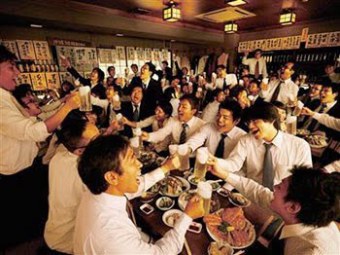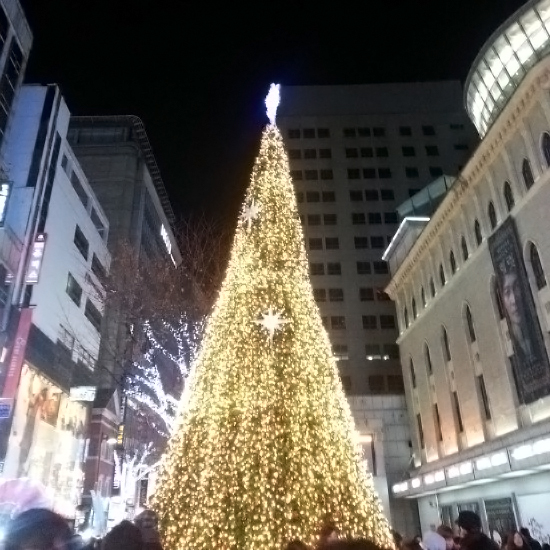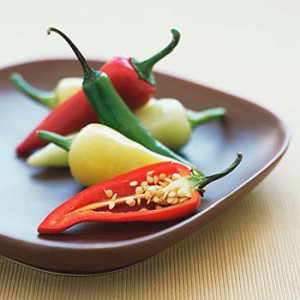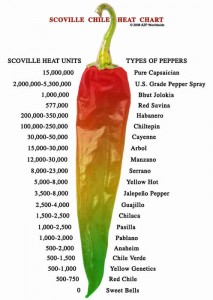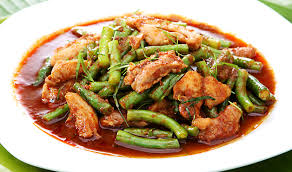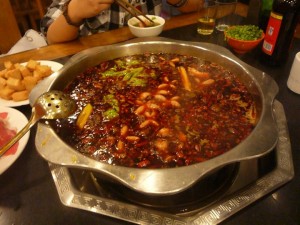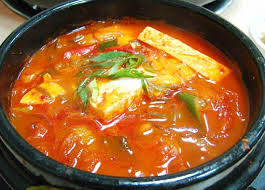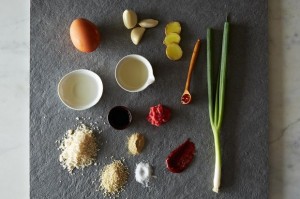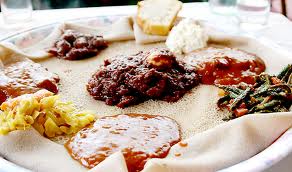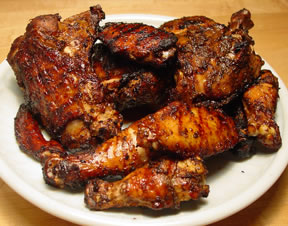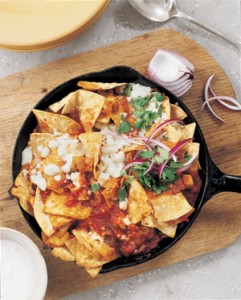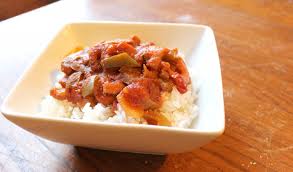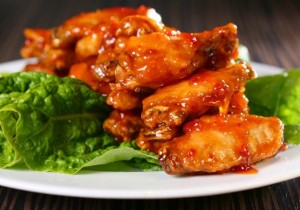As you can see by the content on this site, there are many, many fun things to do in Korea. One activity that might not occur to most, however, is playing the role of an extra in a Korean film. If you visit Craig’s List Seoul or some social groups online, you will see a lot of casting calls for western-looking people to appear in some cinematic projects. Korean cinema is some of the best in the world, believe it or not. If you haven’t seen such films as
Old Boy or
Taegukgi or
The Good, The Bad, and The Weird, I highly recommend giving them a screening (just make sure you get the original Park Chan Wook
Old Boy). There are, however, always some straight-to-video masterpieces, and as luck would have it, I was given the chance to appear in one such production a couple of years ago. By the end of it, my knees were scraped up and my ass hurt. Lest your imagination turn to the lewd, let me explain. If you ever get cast as an extra in a Korean action film, here are eight things to remember.
1. Be prepared to travelKorean films usually like to give the illusion that Korea is a bigger country than it is, and so using overly-familiar scenery is often avoided. People would get tired of always seeing Namsang Tower in the background of movies, so remote locations are often sought out for filming. I was asked to be at Sinsa Station at 2:00 a.m. as the location of the shoot was closer to the southern tip of the peninsula. I was met by two other actors and a Korean crew member who only said one word to us the whole time: “Movie?” He loaded us into an SUV and we drove for hours and arrived at our destination around 6:00 a.m. Where was this destination? I have no idea. I am sure they told me the name of the place at some point, but I was so tired after the long early-morning drive that my memory cells were not working. I had tried to get some sleep in the SUV but the GPS navigator – a common instrument in all Korean cars – kept bling-blinging and spouting out directions in Korean. All I remember about the location was that it was an abandoned mining operation that was going to be turned into some sort of museum. The sign at the turn-off to the goat path that led us into the mountains said “Art Mine.”
[caption id="attachment_1555" align="alignnone" width="300"]

The abandoned mining site.[/caption]
2. There is a pecking orderAs with most jobs or other social structures in this world, there is a hierarchy within the motion picture community. First and foremost is the director. He kept a safe, regal distance from all of us during shooting, communicating, sometimes from a tower overlooking the mining complex, by way of set directors and walkie-talkies. I don’t think I ever actually met the man. The closest we came to speaking was him yelling “Bang!” at me over a walkie-talkie to let me know when my character was being shot. I’ll tell you more about that later. Next in the pecking order is the set director, who is in charge of most everything, including costumes and props. This was a girl named Crystal, and while she was very nice, she was also all business on-set. Nobody got anything without going through her. Next to her was another guy – a very young fellow – whose sole job was to tell you where to stand and where to look (and not look). Then came the actors. Believe it or not, there are some foreigners living in Korea who do not teach. A lot of them, in fact. And some of them do nothing but act in movies. I met some of these professional actors during this adventure, and they are treated with a little bit of celebrity, depending on how many movies they have been in. They tend to keep to themselves, and talk shop about previous projects they have worked on together. For a guy like me, an extra in his first film with no idea what was going on, it is a caste system, and I was on the bottom. Aside from being asked who I was and where I was from, I was not really involved in the social aspect of the job. Once they discover you are not a full-time actor, they tend to ignore you (until you have proven your acting chops). Most of these guys were from Kyrgyzstan, I found out later. Imagine that!

Aside from the professional pecking order, there was also a fictional one based on who you played in the movie. It didn’t take me long to figure out that I was one of the bad guys, a group of foreign terrorists slated to be taken out by the Korean heroes. The leader of our terrorist band was the lead foreign actor, and I rarely even got near him, let alone spoke to him. I found out later his name was also Matt. Maybe they kept us apart to avoid confusion? My character had no lines, except maybe “Agghh!” when I got shot in the back by a sniper, so I was on the low end of the fictional pecking order as well. Also, the good guys and the bad guys never mingled between takes. We all got our lunch from the same service truck, but we ate in separate camps, with the crew choosing sides based on their favorite actors. We weren’t told specifically not to mingle, it just came naturally.
3. You may not know the part you are playing, even when you are playing itAs I mentioned, being on the new-guy caste level, I was not spoken to unless I was being told what to do. For example: “Take gun. Go up on roof.” Other than short little commands like this, I was completely in the dark about what movie we were making, or who I was supposed to be. Even in the wardrobe tents, set up in an abandoned administrative building, the costume girls just handed me a bunch of military clothing and said “change.” They didn’t even bother to measure me or anything. Imagine my surprise when everything fit perfectly, even the combat boots. I was never even shown a script, so I didn’t realize we were the bad guys until I was introduced to the beautiful Korean hostage we were holding. You’d think I would have figured it out when I saw the big missile sticking out of a bay door in our nefarious hide-out, a-la
The Rock.
[caption id="attachment_1553" align="alignnone" width="224"]

Where's Nicholas Cage when you need him?[/caption]
I was never taken aside, told any back story, given any emotional cues or anything. Just put on these fatigues, take this Uzi, go stand on that roof. It was August, and it was hot up on that roof, even at 9:00 a.m. And I had nothing to do up there but pace back and forth, looking mean, sporting my Uzi and trying not to lose my boots to the melting rooftop tar. All I had been told was “Keep guard. Don’t look at helicopter!” The helicopter was a remote-controlled drone that sounded like a swarm of angry Africanized bees, so I knew when not to look skyward. It was pretty easy work, except for the scalding heat, so I had a lot of time to develop my own character. I gave him a name – Biff LeGuerre – and a back story to try to make him feel more “real.” Really, I was just killing time and trying not to notice some peculiar staging choices.
[caption id="attachment_1556" align="alignnone" width="300"]

Tarmac Hell, the building on which I was standing and dying.[/caption]
4. Continuity may be an issueThe staging choices I refer to had a lot to do with continuity. Like many of you, I love movies. I don’t just watch a movie, I
read it, studying camera angles, scenery motifs; the whole
mis en scene of the thing. When you do this, you sometimes notice some glaring continuity mistakes and other things that just don’t make much sense. For example, I was told to stand on a hellishly hot rooftop to act as a look-out. I was given an Uzi (real but disarmed). Meanwhile, on the ground below me, the two other actors I had ridden in with stood with rifles. One of them had a scope on it – a sniper rifle. Now, I have seen enough episodes of
The A-Team to know that you might want the guy with the sniper rifle to be your look-out. Why was I up there on Tarmac Hell with an Uzi while the sniper was down on ground-level? But who was I to question? We were the bad guys, and by all movie laws, we were meant to be incompetent. I did, however, raise the issue of continuity later that day when they sent me back up to the roof to shoot my death scene (spoiler alert: Biff gets killed). After they had finished getting the establishing shot and the shot of the terrorists escorting our hostage out of the building, I was brought off the roof, and they took my Uzi away. I figured I was done for the day as they moved the filming crew over near a tower near the Art Mine’s entrance. I commandeered a bottle of water from the snack truck and found some shade. Sadly, the fake world was not done with Biff just yet. The audience would want to see Biff die.
The assistant set director came over to me and told me to suit up again: Biff was going back in. I started putting on my military gear, and they handed me a gun – a plastic M-16. I was confused. Where was my bad-ass real non-functioning Uzi? They explained it had already been locked up in the props box. I wasn’t about to let Biff die with a toy in his hands. I explained that in all the other shots, I had been holding an Uzi. Now, in my dramatic close-up death scene I was suddenly going to be inexplicably holding a toy rifle? The crew mumbled, not without a little anger in their tones – it was a very hot day and by this point, everyone was getting tired. Finally, the set director got on the walkie-talkie and asked for the person with the keys to the prop box to return to the first set. We waited for an awkward five minutes, and soon I was reunited with my Uzi. It was then that I realized that I had also been wearing knee pads in the first takes, but by this time no one cared and I wasn't going to push the issue. It was their movie, after all. I didn't realize how much I would miss those knee pads.
5. Don’t be afraid to ask for proper equipmentBack up on Tarmac Hell, it was even hotter than before. This time I had a small film crew up there with me. The camera was given a parasol to keep it cool. I was left out to roast under the scorching sun. In the shot, it was explained, my character was going to be patrolling the rooftop when I would spot the good guys running toward our building – toward our beloved missile. I was to raise my Uzi, and just before I could get a bead on ‘em, I would get shot by a sniper on the tower over by the mine entrance. I was to throw myself forward in dramatic agony, landing on my Uzi on the sticky hot-tar roof. At this point, the whole roof was a quagmire of melted tar. If I stood in one spot for more than a second, I could feel my boots sinking into it, making it very hard to move. Throwing yourself forward when your feet are stuck in an inch of tar is not an easy task. Once, as I tried to fall forward, the tar held my boots. I lost my balance and fell backwards. The assistant set director explained, “No! Forward!” No kidding. I gestured to my boots, pulling them out of the hot black goo, trying to explain what the difficulty was. He thought I didn't understand when I was supposed to fall, so he put a walkie-talkie at my feet, over which the director would yell “Bang!” when I was supposed to get shot and fall. The assistant set director didn't seem to notice the walkie-talkie sinking into the tar, too. Shot after shot, "Bang!" and down I went. The crew and the good guy actors below were getting more frustrated with each missed take. I was not happy either because after just the first three takes, my knees were screaming raw. We must have done at least fifteen takes because I could not fall just right with my boots stuck in the tar. I was really missing my knee pads.
Earlier, when I had thought I was done for the day, I had given my knee pads to one of the Kyrgyzstani actors. His character was also getting shot and killed, but he had to fall dramatically backwards onto a pile of scrap metal. He had asked the director if he could fall onto some cardboard boxes instead, but the director apparently felt that the scrap metal was a more powerful image. Figuring I wouldn't be needing them, I had given the actor my knee pads. Now, back up on the roof, I sorely missed them, as without the knee pads I was now falling onto scraped, bloodied knees. It was agony. Finally, they said “Cut! Wrap!” I don’t know if they ever got the shot they wanted, and at that point, I didn't care. The horrid heat and the constant miscommunication… well, it helps if you can speak some functional Korean as well.
[caption id="attachment_1554" align="alignnone" width="300"]

Having dispatched of Biff, the good guys take the missile.[/caption]
The assistant stage director picked up the walkie-talkie, not seeming to notice the thick, stringy balls of tar goo that came up with it, and we shuffled off the roof. Once back in the shade, I removed my tar-covered costume and tended to my wounds with a bottle of water. My knees were raw and bleeding, and I had a cut on my elbow from landing on one of the Uzi’s sharper edges. One of the professional actors saw my injuries, and I had apparently now earned my acting chops. He marched right over to the set director and started yelling at her in Korean:
Why wasn’t he given proper equipment! This is an outrage! Soon I was being tended to by the medical team, and I was being spoken to by the entire cast – even the lead bad-guy. They even said I should ride back into Seoul with them at the end of the day, which I did. Still, all of the falling and scraping and bleeding brings me to my next point.
6. Be prepared to suffer for your artFrom the dramatic death of Biff LeGuerre, I had suffered severely scraped knees, a cut on my elbow, and a severe sunburn. I should have thought to bring sunblock with me to the set. Days later, I was feeling the pain of all of these injuries, along with some other ones that I had not immediately noticed. My left hip and ass hurt from throwing myself onto the roof with gusto during the last few takes. At the beginning, I had been following direction to a T – falling forward (except for that one embarrassing take when I had fallen backwards instead of forwards) and landing on my knees. Without knee pads, it really had been painful. After the fourth or fifth take… well, you hit a point where your mind says one thing and your body simply refuses. My dramatic lunges had turned into pathetic crawls. To try to give the performance the energy it deserved, I had started falling onto my side rather than my knees, banging up my hip. Once back in Seoul, it hurt just to walk to the bus stop. I felt burned, beaten and bruised. Three days later, I felt like I should be looking at retirement homes. I used to think that actors were jackasses for accepting millions of dollars for playing parts in movies. Why don’t factory workers or firemen – people who deserve it – make money like that? If your job involves the word “playing,” you should not get paid as much as people who actually
work. That attitude changed when Biff died… well, it changed a little. Some actors do get paid a disgusting amount of money. Then again, many of them use that money to do good things for the world, so whatever. All I know is, my body hurt for more than a week after filming had ended. Just walking made me sore all over again, and getting up out of a chair… the retirement home idea was looking pretty good. Maybe a nursing home? The experience had been worth it, however. You do get some great stories to tell out of it, and what is life but the experiences you have? It’s a good way to be cut down in your prime. And you get paid on top of the experience, so there’s that. However, a bit part for an extra with no lines doesn't pay very well. The experience is your real payment. Your monetary payment comes later. Later than you might think.
7. You won’t get paid right awayI have a confession to make. I didn’t do this movie for the love of the cinema, or to try to connect with the plight of missile-toting, hostage-taking bad guys everywhere. I did it for money. And not just any money – beer money. Yes, the sad truth is, I was broke that summer, having just returned from a trip back home to visit family. Once back at work in Korea at my dead-end teaching job, the weekends were my motivation to keep going. Funds were tight after shilling out airfare for the trip home, and my weekend was looking like there would be no libations. Unacceptable. A friend of mine put me in touch with a casting director, saying it was a good way to make some extra cash. They pay extras under the table, so I assumed I would be handed an envelope with my full payment inside at the end of the shoot: A whole 120,000 won (around $110). Not much for scraped up knees, a lacerated elbow and a busted hip, but enough for beer, and beer makes the pain go 'way. We had filmed on a Saturday, and I was told we would be back in Seoul on Saturday night. I assumed that meant with cash-in-hand. However, by the time my new acting buddies dropped me at Sinsa station, I had begun to worry that payment was not forthcoming. I hadn't wanted to ask, but no one had said anything, so rather than risk being left penniless, I asked. I was told that I was to send the casting director a text with my bank routing number (this is common practice for money exchanges in Korea – they can only put money in) and I would receive payment sometime in the next week or so. I limped to the bus stop, stopping to pick up another bottle of water at a convenience store to sooth my roof-roasted, aching body, and limped aboard the bus home, resigned to the fact that there would be no beer that weekend. But what an experience.
8. You may never see the fruits of your laborDuring the filming, I had been told the working title of the film. It was something like “Inception Deception” but the director didn't like that the words sounded so similar in English, so they were going to change it to “Mr. Kim” or simply “Spy.” To this day, I have no idea what happened to the film, or if Biff LeGuerre made it into the final cut or if he was left on the cutting room floor. If anyone happens to find a copy of this film, I would be most interested to see it. I received payment deposited into my bank account about ten days after I had limped home. I never heard from anyone associated with the film again, except the casting director who had gotten me the gig. He and I are Facebook friends.
[caption id="attachment_1552" align="alignnone" width="225"]

Biff LeGuerre, R.I.P.[/caption]
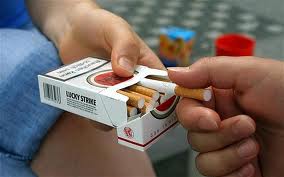 Offering cigarettes are a sign of respect in China.[/caption]
Offering cigarettes are a sign of respect in China.[/caption]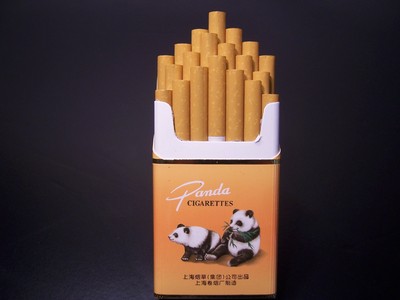 The Chinese may judge your social class based on what you smoke.[/caption]
The Chinese may judge your social class based on what you smoke.[/caption]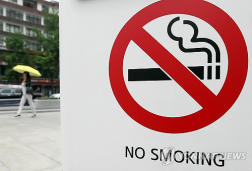 You'll find many of these signs lining sidewalks in Seoul.[/caption]
You'll find many of these signs lining sidewalks in Seoul.[/caption] "Smoking Area for Women"[/caption]
"Smoking Area for Women"[/caption]












